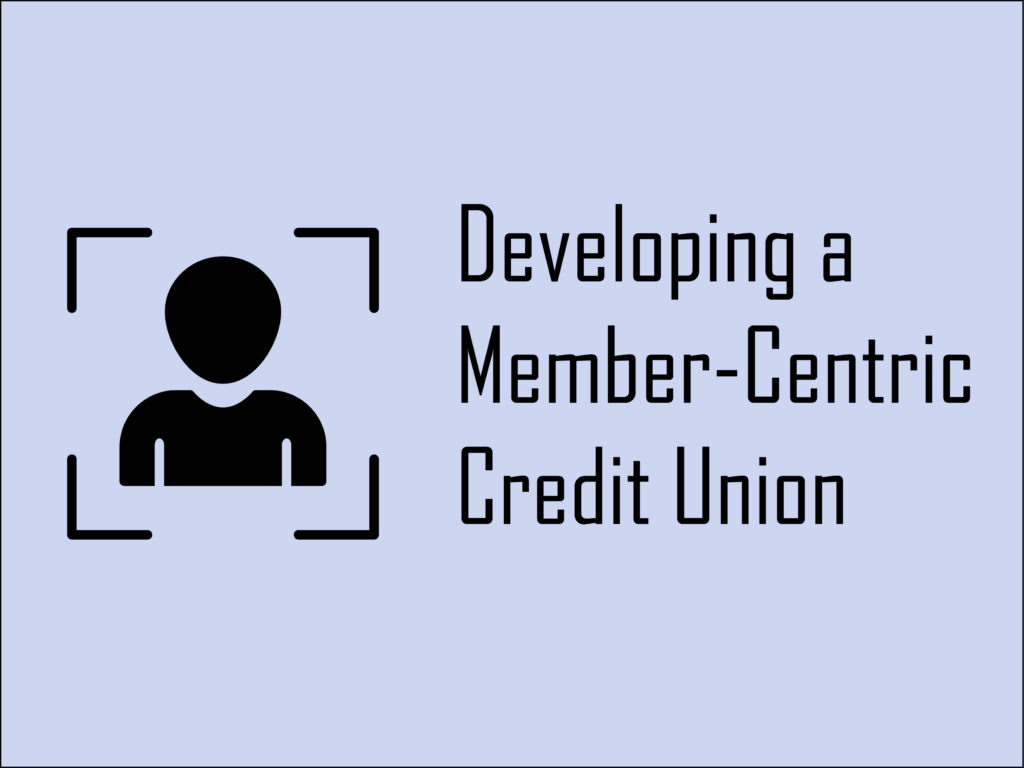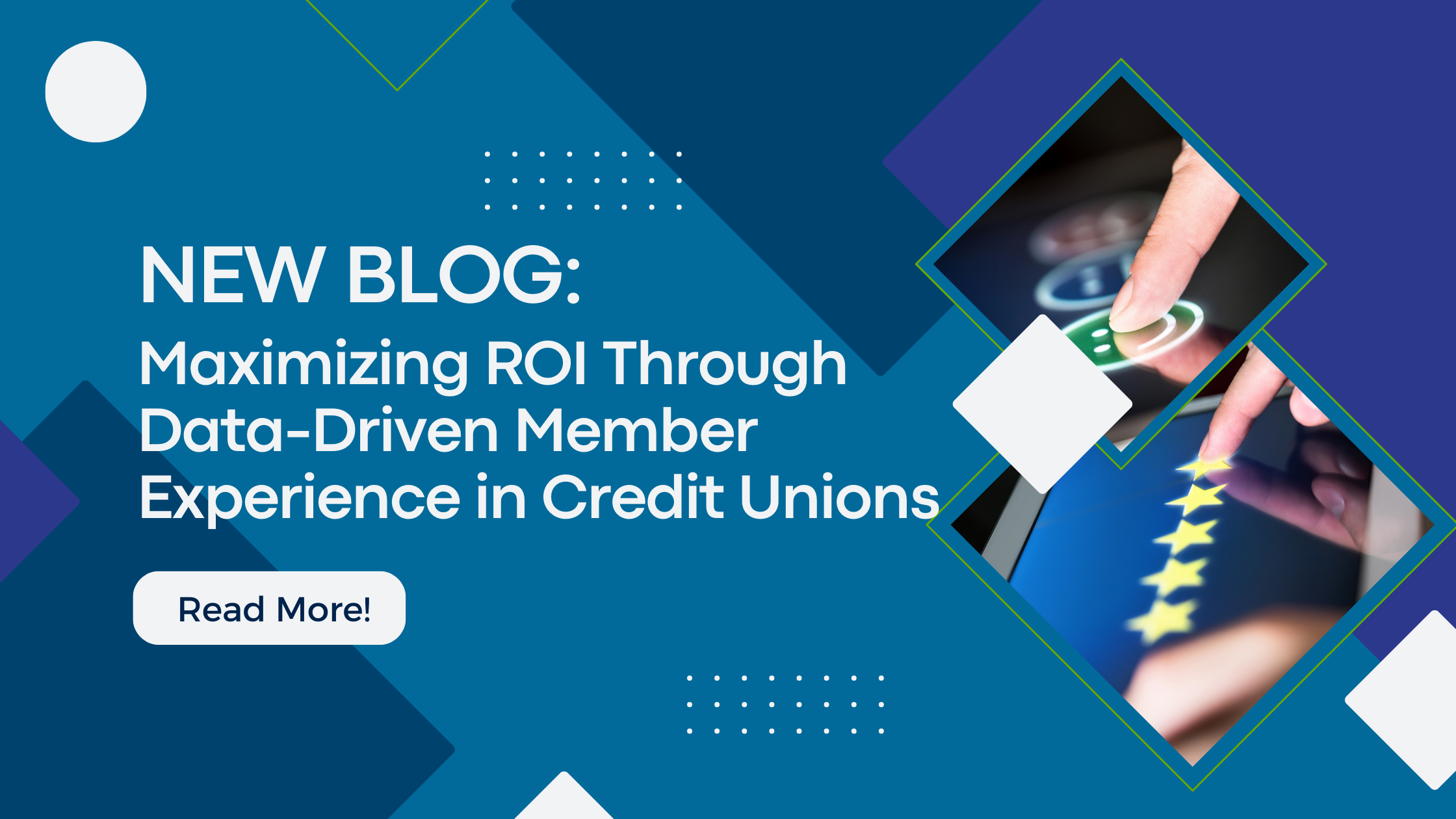Credit unions provide numerous advantages over banks—at least, in theory. The primary selling point is that they provide better rates, fees, and intangibles like the member experience. The end goal is a member-centric credit union.
Yet banks and fintechs are catching up on all fronts. Unfortunately, especially when it comes to the digital realm, credit unions are starting to lag. And since a lot of the member experience is now digital, that means the legendary credit union advantage is under threat.
Fortunately, digital experiences are easy to track, so credit unions can still play to their strengths retain their edge.
Defining “Member Centric”
To briefly align on terms, we define “member centric” as a primary focus on delivering an excellent member experience. Essentially, assuming financial viability, the credit union prioritizes the member’s experience, relationship, and wellbeing.
Credit unions still have an advantage here because they are community-based not-for-profit organizations. Banks and fintechs can’t compete there, fundamentally.
Credit unions that put the needs of their members first can succeed in their institutional mission and, as a bonus, they can expect closer bonds, more engagement, and higher loyalty in return.
But how can a credit union become more member centric?
How to Become More Member-Centric
We’ve read multiple guides outlining the path toward becoming more member centric. Yet, most of them suggest broad, nearly useless steps.
We won’t tell you to “make your members happier” or “do better”—we’ll offer concrete, tangible actions any credit union can take.
1. Journey mapping
Map your members’ experience from the start. Track their major interactions and transactions from the moment they join. Just make sure you aim for “attentive” rather than “creepy.”
Here are a few member milestones you may want to measure:
- Account opening
- Check depositing or direct deposit setup
- Drive through transactions
- Branch visits
Journey mapping is the first step toward seeing a complete picture of each member’s path. You can look for points of friction, missing links, and areas of strength.
By assessing the member experience at these major touchpoints, you can adjust as necessary to improve better meet their needs.
2. Score member effort
Member Effort Score (MES) surveys (like CES surveys) are specifically designed to help you understand member pain points. They’re also very good predictors of member loyalty.
You can read more about MES surveys here.
The great thing about member effort scoring is that it measures member effort, specifically. Member effort scoring checks the degree of difficulty or friction for any given task, process, or transaction. The more difficult something is to do, the less happy your members are likely to be about it.
Setting up member effort score surveys can help your credit union pinpoint where your credit union needs to make changes. Anything that is too difficult, time-consuming, or confusing is going to frustrate your members. Anything easy, quick, and intuitive will make them smile.
3. Listen to your members
There are many ways to listen to your members. The classic version is when someone at your credit union actively listens to a member, in person. Face-to-face conversations are increasingly rare in our digital culture though, so you can always use a workaround:
- Emails
- Phone calls
- Surveys
We’ve had such luck with surveys that we built a whole CU-specific platform for them. When you do listen to your members, here are a few things you should do:
- Analyze what they’re saying and look for pain points
- Look for ways you can alleviate those pain points
- Question your existing policies and processes to identify areas for improvement
Change can be scary, but it’s never as scary as hearing that your members really don’t like something.
4. Start an NPS drip campaign
What can be said about NPS campaigns that we haven’t already said? Probably a good amount, but we’ve definitely covered the basics.
Net Promoter Score surveys, or NPS surveys, are great at tracking member satisfaction over time. The responses you get from NPS surveys indicate broad member sentiment about your credit union’s performance.
If you send out only a few thousand random NPS surveys per month, you can see a gradual, real-time view of how your members feel about you. You can start to track trends from month to month to see the effect of any changes you make—or to see if changes in the industry are affecting your members’ perceptions of you.
Download our ultimate credit union guide to NPS here: https://livecusurvey.com/ultimate-nps-guide/
The Common Thread
Maybe we’re a little too close to this. Maybe when you’re a hammer, the whole world look starts to look like a nail. But there is a common factor in all four of the above keys to becoming a more member-centric credit union:
Surveys.
Surveys are among the easiest, most well-known methods of member experience tracking.
Subscribe to our blog to learn more about credit union member surveys and survey strategy. Or follow the links below to see what else we’ve written about lately!
Is Your Credit Union Truly Member-Centric?
How to Use the Right Question Types to Increase Survey Response Rates




